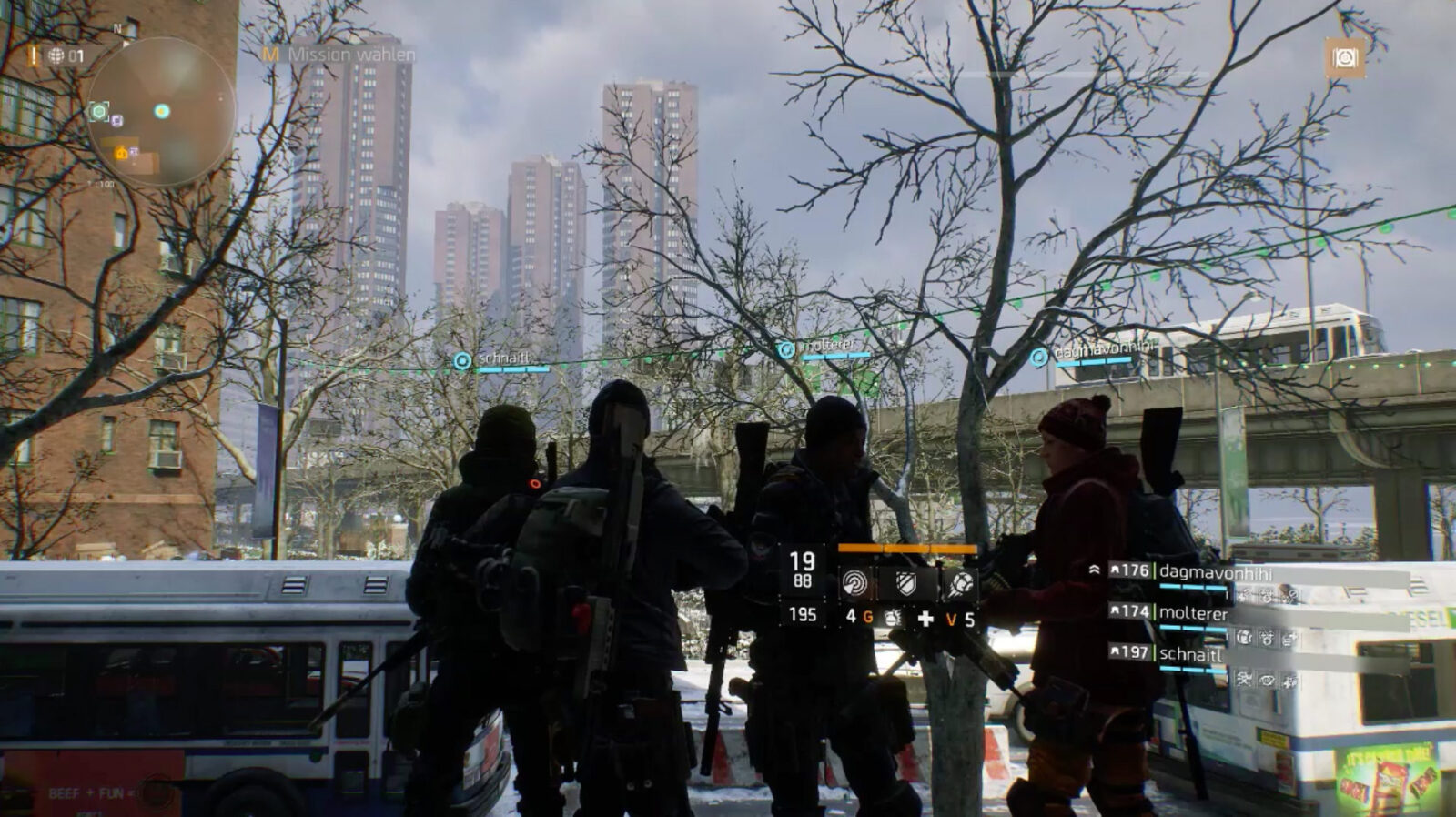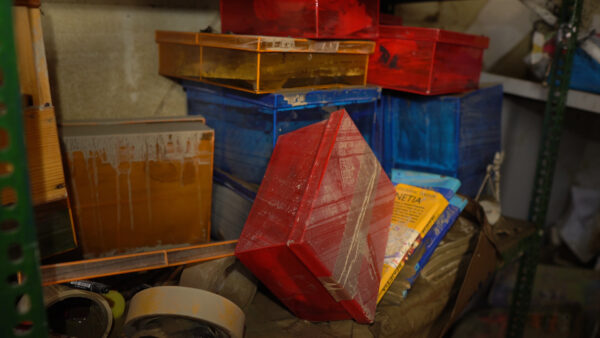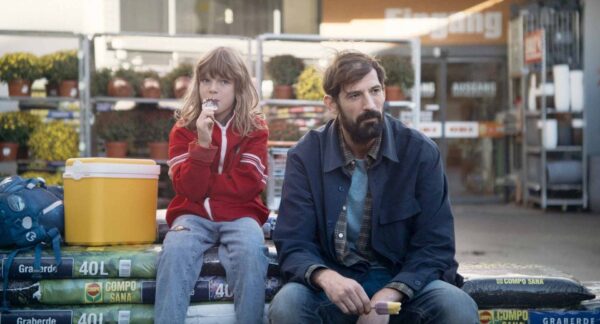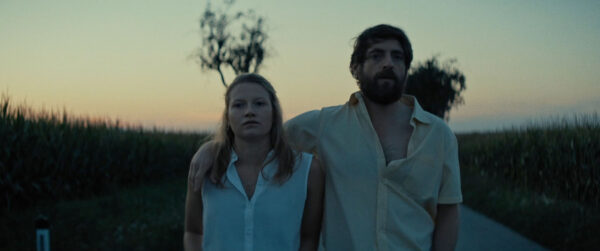We Built This City
Operation Jane Walk
In Operation Jane Walk, the Austrian filmmaking duo Leonhard Müllner and Robin Klengel present us with a piece of history in spatial planning, while cleverly marking the virtual as an extension of the historical.

Operation Jane Walk is not a regular bike-, bus- or segway-tour of New York, but a virtual trip through a grim map created by the game developers of Tom Clancy’s The Division. In this popular online multiplayer computer game, the Big Apple is presented in a desolate and dystopic fashion. The principle of “survival of the fittest” seems to apply to the current street life and armed militias roam this digital landscape of smoke and rubble. Abandoned cars on the avenues are silent witnesses of a terrible disaster or civil war. In the midst of all this, a heavily armed (though utterly pacifist) tour guide leads his three tourists around the old city of yesteryear, all prepared for danger.
It is certainly a humorous starting point. The Austrian directing duo Leonhard Müllner and Robin Klengel take the joke even a step further by casting voice actor Jacob Banigan in the role of the American city guide who simultaneously comments on the post-apocalyptic urban landscape. His serene voice, free from any irony, makes him a perfect fit for this unique stroll through NYC. Banigans observations are always catchy, but the morbid poetry he presents them with is equally appreciated—describing the incessant punch of an extra who works a body with the butt of his gun as “a metronome” that indicates the “rhythm of this dead city”.
New York was once a wildly brimming city though, as is evident from the carefully mapped out itinerary along which the guide takes us. Via the most important architectural attractions (the projects, the UN headquarters, Trump Tower) he sketches the history of a metropole in full bloom, always framed by the social context and ways of thinking of that time. During a stop on an abandoned highway, he describes the ideological tug-of-war between urbanist Robert Moses, who transformed the city into a sanctuary for motorists, and activist Jane Jacobs, who requested a city with enough open space and greenery for its residents. The climax of this battle can metaphorically be seen reflected in a pick-up truck that has crashed into a shared bicycle dock, or at least that’s how our beloved guide sees it.
Müllner and Klengel thus not only present us with a piece of history in spatial planning but also very cleverly mark the virtual as an extension of the historical. What was once material now makes way for a new city, built from digital debris. By situating the excursion in a hyper-realistic simulacrum of a future New York, the directors also reflect on the changing role of these virtual playgrounds. The deliberate lack of spectacle—when rival players attack our protagonists, the filmmakers respond by cutting away—indicates Müllner and Klengel’s belief that there are as many meanings and possibilities in the copy as in the original.
The straightforward approach of their guide and the comical musical intermezzos (Django Reinhardt, The Brothers Comatose, Art Carney) results in an original, experimental short film that both manages to entertain and ask pertinent questions. Whether or not they have succeeded in their self-proclaimed mission—“We want to convince the art people about the beauty of games, and gamers of the beauty of art”—is up to you.
This text was previously published in Dutch on Kortfilm.be.





There are no comments yet, be the first!